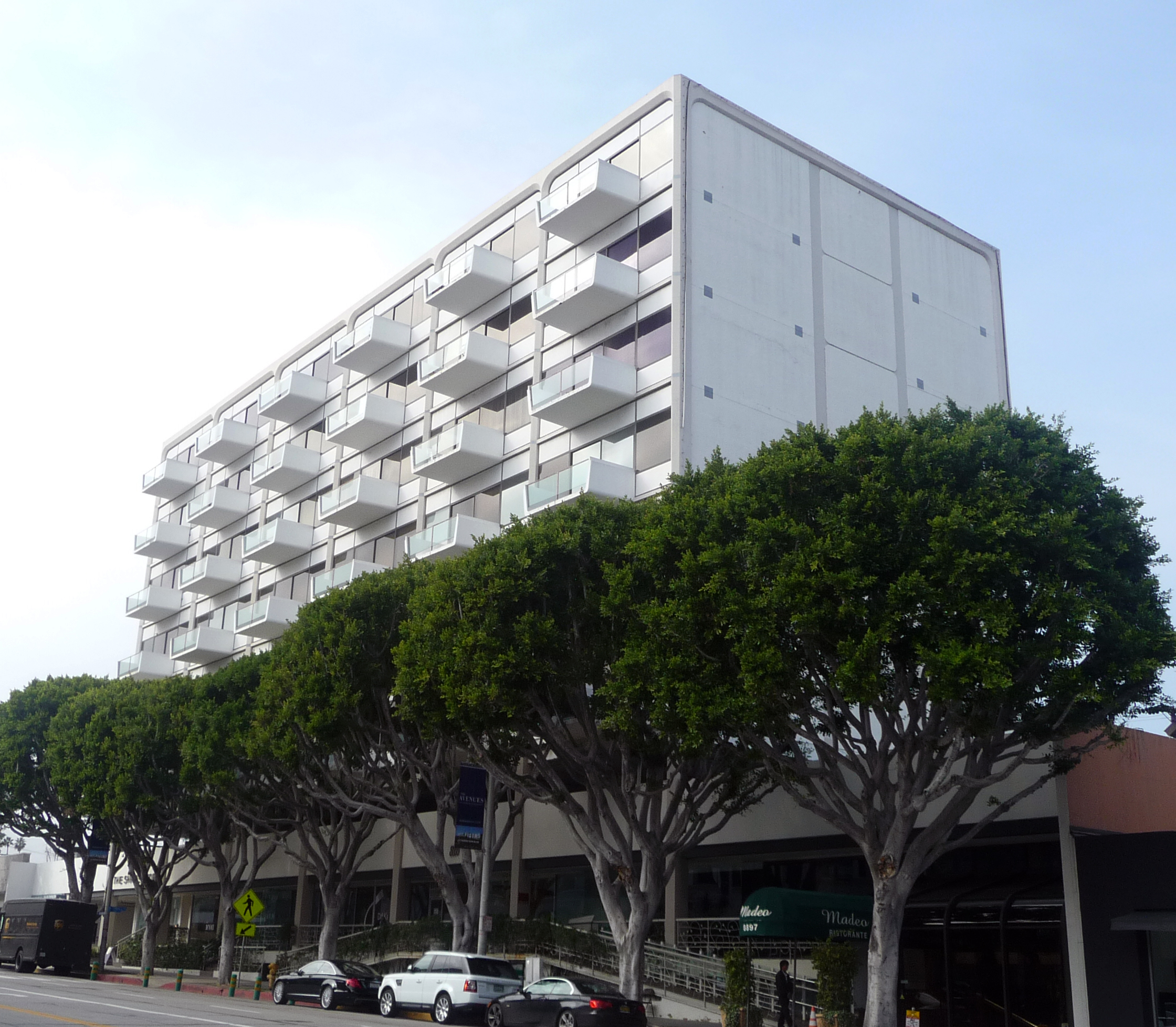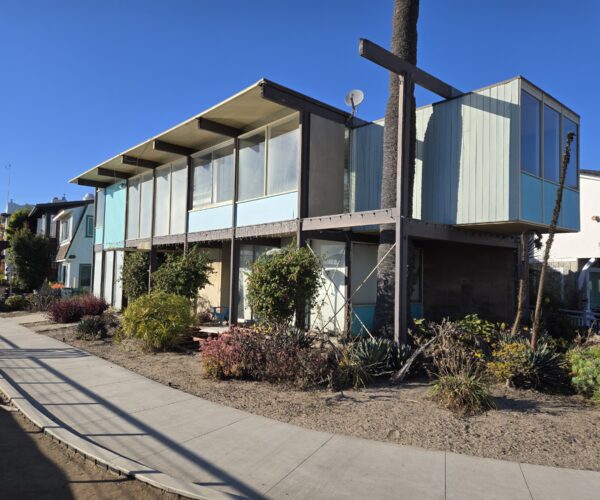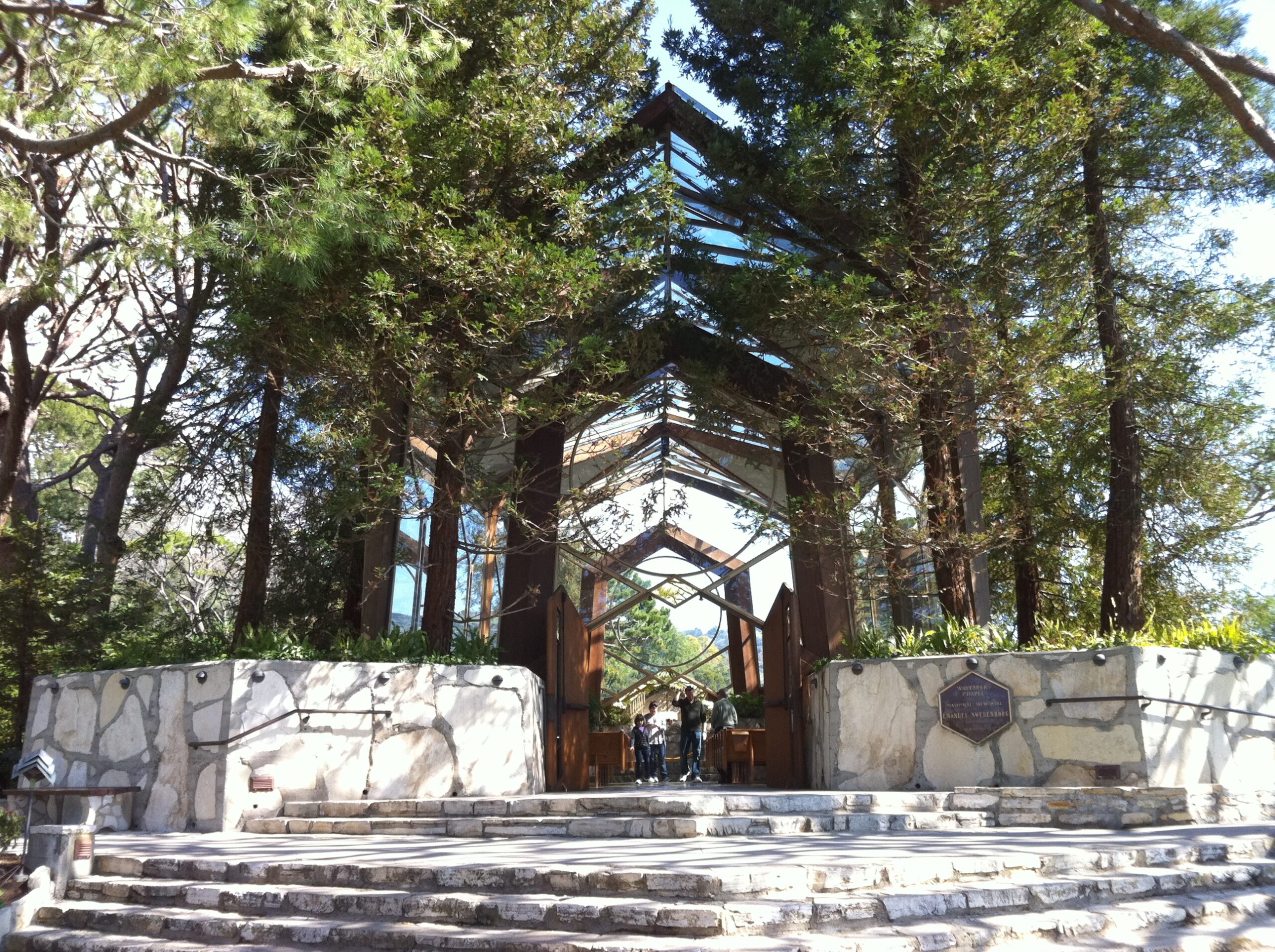
Place
Los Angeles International Design Center
Designed to be the nerve center and showplace of the decorative furnishings industry, the building became the nexus of interior design and architecture in L.A. upon its completion in 1964.
Place Details
Address
Get directions
Architect
Year
Style
Community
Upon its completion in 1964, the Los Angeles International Design Center building in West Hollywood became the nexus of interior design and architecture in Los Angeles. It was designed to be the nerve center and showplace of the decorative furnishings industry, which was exploding in Los Angeles at the time, as well as an office center housing professional groups like the American Institute of Architects, the National Society of Interior Designers, and the American Institute of Designers.
Architect Richard Dorman designed the nine-story reinforced concrete tower with his characteristic attention to aesthetics as well as function. The building is composed of two levels: a lower, wider volume housing street-entry spaces (which originally contained the International Design Center and its year-round exhibits of art and interior design), and the taller tower, raised above the lower level on graceful double-height pilotis that make the larger mass seem to hover in place. The tower is marked by regular rows of rounded-edge, partial-width balconies projecting dramatically from the simple glass and concrete façade. The Design Center is a great Modern building, and an expression of the growth of architecture and interior design in Los Angeles in the postwar period. It is also another glaring illustration of the fact that Richard Dorman should be much better known for his elegant Mid-Century Modern designs than he currently is.


